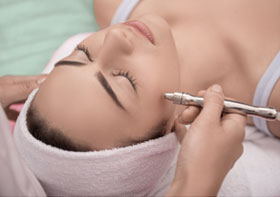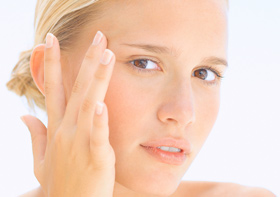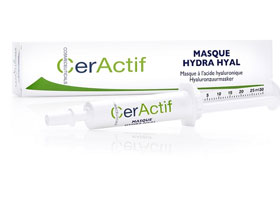Hyperhidrosis

Hyperhidrosis is the term used for those who sweat excessively out of the underarms, face, hands and feet. You know you’re a sufferer if you sweat in everyday situations; meeting new people, when you feel stressed or anxious or if you notice that it’s a problem in every day life. Here at AMP Clinic we would like to highlight the varying forms of treatment on the market to help with this condition & give you some of the real facts along with explaining why we choose to use Botox in the fight against hyperhidrosis.
What is it?
Hyper means “more” and hidrosis means “sweating” Hyperhidrosis is a common condition in which a person sweats excessively, it has been estimated to affect between one and three in every 100 people which means there are likely to be hundreds of thousands of people living with it in the UK.
The sweating may affect the whole of your body, or it may only affect certain areas. Commonly affected areas include the:
- armpits
- palms of your hands
- soles of your feet
- face and chest
The sweating doesn’t usually pose a serious threat to your health, but it can be embarrassing, distressing and it can also have a negative impact on your quality of life.
‘Normal’ or heavy sweating can be controlled with shop bought anti-perspirants or aluminium chloride. Only when the amount of sweating is excessive and cannot be controlled by these measures, it is termed “hyperhidrosis”.
At home tips for excessive sweating
- Wear loose-fitting clothes to minimise signs of sweating natural fibres are best.
- Avoid wearing tight clothes or man-made fabrics – for example, nylon.
- Maintain a healthy lifestyle – avoid smoking as nicotine can increase sweat production.
- Continue working out & exercising as normal.
- Wear socks that absorb moisture and change your socks at least twice a day if possible.
- Wear leather shoes and try to wear different shoes day to day.
- Avoid triggers such as drinking alcohol or eating spicy food.
Treatments for excessive sweating
- Over the counter Anti-perspirants containing a low dose of metal salt (usually aluminium) are usually tried first because they are readily available.
- Prescription strength Anti-perspirants containing aluminium chloride hexahydrate these are more effective when others have failed.
- Iontophoresis a device which passes ionized tap water through the skin using direct electricity.
- Oral medications Anticholinergics reduce sweating.
- Botox FDA approved treatment for treating excessive sweating via injection.
- Surgery A procedure called thoracic sympathectomy may be considered as a last resort.
Botox for Hyperhidrosis
What is it?
Botulinum Toxin is frequently referred to as Botox which is the brand name and original form of the drug produced by the company Allergan. Botulinum toxin is a protein that is produced by a bacteria (Clostridium botulinum) that causes botulism which fortunately is now a rare infection.
How does it work?
The toxin works by blocking the chemical at the end of the nerves so that it cannot work on the glands or muscles. In the case of the sweat glands it turns then off to reduce sweating.
What is it used for?
It is now used widely to treat a wide variety of medical problems including hyperhidrosis but is probably more widely known for its cosmetic uses to remove lines and wrinkles form the face. In the UK it is licensed for treating axillary (underarm) hyperhidrosis and is done by a very small number of NHS hospitals but is mostly a private treatment. It is the most effective low pain based treatment for hyperhidrosis.
How is it done?
It requires multiple small injections of the toxin a few centimetres apart in the armpit, the area is numbed ahead of treatment so that you feel minimal discomfort. The appointment lasts for roughly 30mins and the results are amazing! You will notice the effects after 1 week and the results last up to 6 months!


